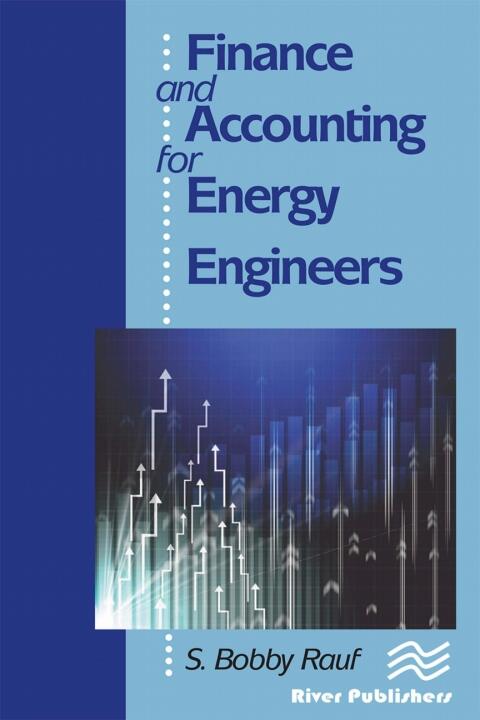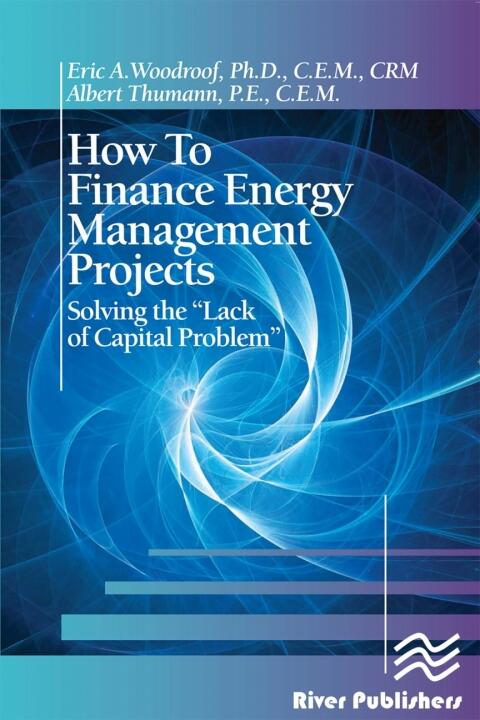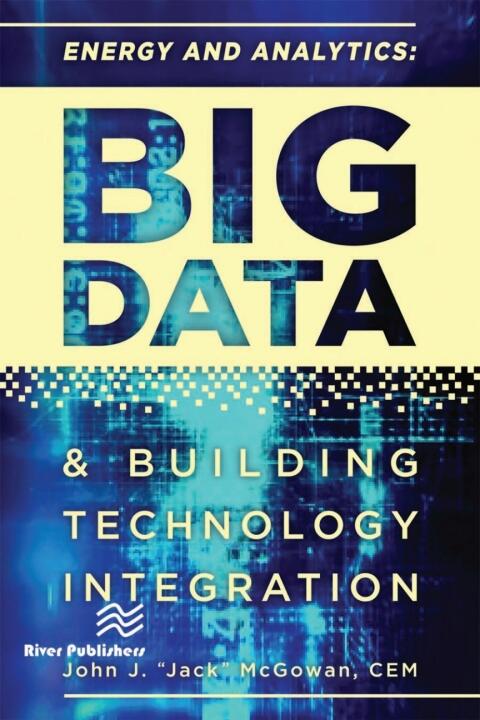
Finance and Accounting for Energy Engineers
작성자
S. Bobby Rauf
아직 평점이 없습니다
Business & Economics
형식
킨들
페이지
298
언어
덴마크의
출판됨
Jan 1, 2021
출판사
River Publishers
판
1
ISBN-10
8770222886
ISBN-13
9788770222884
설명
In the realm of energy engineering, the intersection of technical expertise and financial acumen is crucial for success. This work delves into essential finance and accounting principles specifically tailored for professionals in the energy sector. It emphasizes the significance of these foundational concepts in navigating the complexities of business operations.
The author, S. Bobby Rauf, draws upon a wealth of knowledge to present intricate topics in a manner that is accessible and engaging. Readers are guided through various financial frameworks and accounting practices, equipping them with the necessary tools to make informed decisions. This approach not only aids in understanding financial statements but also highlights their relevance in project management and strategic planning.
Rauf’s insights illuminate the practical applications of financial theories, ensuring that energy engineers can effectively interface with stakeholders and manage resources. By bridging the gap between engineering and finance, the content empowers readers to enhance their professional capabilities.
With clear explanations and real-world examples, this work serves as an invaluable resource for those looking to thrive in the evolving energy market. It encourages a holistic understanding of how financial literacy impacts project success and organizational growth, making it a must-read for aspiring and established engineering professionals alike.
The author, S. Bobby Rauf, draws upon a wealth of knowledge to present intricate topics in a manner that is accessible and engaging. Readers are guided through various financial frameworks and accounting practices, equipping them with the necessary tools to make informed decisions. This approach not only aids in understanding financial statements but also highlights their relevance in project management and strategic planning.
Rauf’s insights illuminate the practical applications of financial theories, ensuring that energy engineers can effectively interface with stakeholders and manage resources. By bridging the gap between engineering and finance, the content empowers readers to enhance their professional capabilities.
With clear explanations and real-world examples, this work serves as an invaluable resource for those looking to thrive in the evolving energy market. It encourages a holistic understanding of how financial literacy impacts project success and organizational growth, making it a must-read for aspiring and established engineering professionals alike.



















